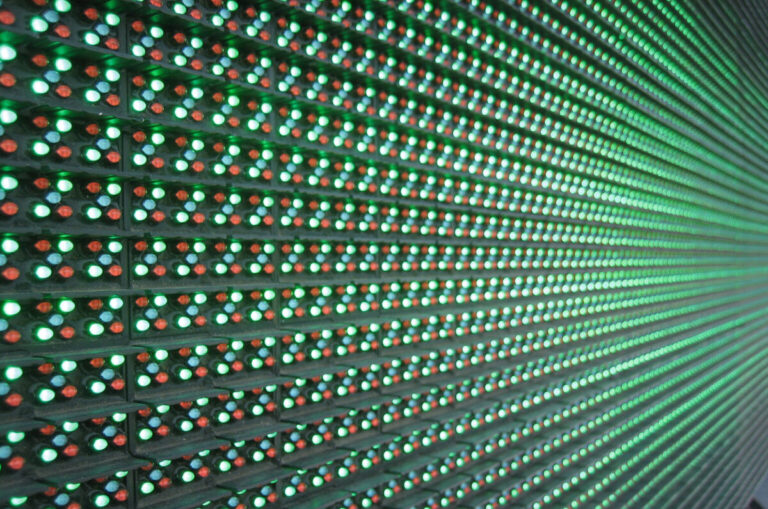Researchers in Western Australia have discovered a method to increase the number of molecules that attach to the surface of small semiconductor nanocrystals. They claim that this breakthrough could significantly improve the efficiency and performance of solar panels.
Researchers at Curtin University in Western Australia have discovered that adjusting the shape of colloidal semiconductor nanocrystals allows them to control how these nanocrystals interact with their environment. This modification improves their efficiency in various applications, including solar cells.
Associate Professor Guohua Jia from Curtin University’s School of Molecular and Life Sciences led the study, which investigated how the shape of zinc sulphide (ZnS) nanocrystals affected the ability of molecules known as ligands to attach to their surfaces.
Jia said ligands play an important role in controlling the behavior and performance of ZnS nanocrystals in optoelectronic devices – devices that produce light or use light to perform their functions, including solar cells.
“By adjusting the shape of these particles, we could control how they interacted with their environment and make them more efficient in different applications,” he said.
The researchers found that flatter, more uniform particles called nanoplatelets allow more ligands to attach tightly, compared to other shapes such as nanodots and nanorods, which may have a staggered arrangement.
Jia said the discovery provides an important knob for tuning the chemical functionality of ZnS nanocrystals and could improve the performance of optoelectronic devices.
“The ability to control particle shapes could revolutionize the efficiency and performance of products,” he said. “The ability to efficiently manipulate light and electricity is central to the advancement of faster, more efficient and more compact electronic systems. This includes LEDs, which convert electricity into light… as well as solar cells, which convert light into electrical energy and power devices using sunlight.”
Other devices that this finding could advance include photodetectors that sense light and convert it into an electrical signal, such as in cameras and sensors, plus laser diodes used in fiber-optic communications that convert electrical signals into light for data transmission.
The full one study“Deciphering surface ligand density of colloidal semiconductor nanocrystals: Shape matter” will be published in the Journal of the American Chemical Society.
This content is copyrighted and may not be reused. If you would like to collaborate with us and reuse some of our content, please contact: editors@pv-magazine.com.
Popular content



